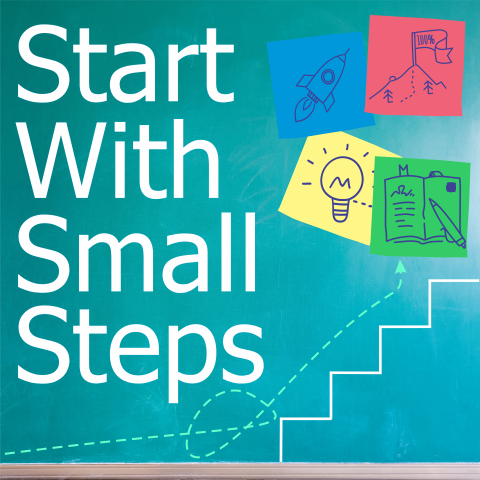Introduction: The Paradox of Rest in a Hustle-Obsessed Culture
In a world that applauds exhaustion and measures value in output, the simple idea of rest feels subversive. Many people carry internalized guilt for taking a break, while others swing to the opposite extreme, romanticizing unending leisure. But what if rest isn’t the opposite of productivity, but the very engine that fuels it? What if, instead of feeling ashamed for resting, we embraced it as a deeply human need and an essential strategy for living a better, fuller life?
The Two Extremes: Burnout vs. Apathy
Our cultural narrative tends to divide people into two groups: the “go-go-go” crowd and the “perpetual relaxers.” One brags about sleepless nights, overbooked calendars, and endless hustle; the other coasts through life in a semi-detached haze. Neither approach serves us well. True restoration lies somewhere in the middle—where rest is intentional, meaningful, and empowering.
Productivity studies from institutions like Stanford and Harvard reinforce this idea. After about 50 hours of work per week, our efficiency and creativity nosedive. Working more doesn’t mean achieving more—it means doing worse work, making more mistakes, and burning out faster.
Relearning the Rhythm of Rest
Biologically, humans are not wired for non-stop performance. Neuroscientists have identified a natural rhythm in our energy and focus, usually cycling every 90 minutes. This ultradian rhythm suggests that after roughly 90 minutes of focused work, we need a short break to reboot. Ignoring this rhythm leads to stress, fatigue, and brain fog.
Interestingly, our sleep also runs on 90-minute cycles. This parallel hints at a deeper neurological truth: rest is not indulgent—it’s necessary for optimal function.
Seven Types of Rest We Actually Need
Dr. Saundra Dalton-Smith outlines seven types of rest, each essential for a balanced life:
- Physical Rest: More than sleep, this includes naps, stretching, and taking weight off your feet. Whether it’s recovering from standing all day or sedentary screen fatigue, the body needs intentional downtime.
- Mental Rest: Quieting the brain’s constant buzz. Reading, playing a game, journaling, or simply sitting on a deck without a to-do list can reset your mind.
- Emotional Rest: Stepping back from emotionally taxing people or environments. Emotional rest means not having to perform or filter yourself constantly.
- Social Rest: Spending time with people who restore you, not deplete you. It’s about choosing energizing relationships over obligatory ones.
- Sensory Rest: Reducing digital noise, screens, alerts, and background stimuli. Devices are stimulating more than we realize, and disconnecting can feel like detox.
- Creative Rest: Enjoying art, nature, music, or beauty without having to produce anything. Creative rest refuels the soul, inspiring new ideas and joy.
- Spiritual Rest: Finding connection beyond yourself—through prayer, meditation, awe, or gratitude. This type of rest brings deep internal alignment.
Reframing Rest as Resistance and Healing
Rest isn’t just about recovery—it’s a quiet form of resistance. In a culture that treats busyness as a badge of honor, saying “I’ve done enough for today” is radical. Taking a full day off, engaging in hobbies, or sitting silently with your thoughts helps reclaim your humanity in a productivity-obsessed society.
Historically, even ancient practices like the Sabbath acknowledge the need for intentional rest—not because we’re weak, but because we’re designed that way. Even God rested, not from exhaustion but because the work was complete.
Microbreaks and Rest Snacks: The Science of Small Pauses
You don’t need a vacation to reset your system. Small interventions can make a big difference. A 30-second breath between tasks, a walk around the block, or 10 minutes of deck-sitting can improve focus and reduce stress.
“Rest snacks” are these tiny intervals where you allow yourself to reset mentally and physically. Over time, they compound into a less frazzled, more creative you.
Apps like Welltory, which measure heart rate variability, confirm this scientifically. Higher variability suggests more calm and adaptability; lower variability indicates stress. One user noticed her highest wellness scores only appeared after days when she intentionally did nothing. That speaks volumes.
Creating Sacred Spaces for Stillness
You don’t need a forest or a retreat center to rest well. A cozy reading nook, a quiet walk, or a warm beverage on a porch can become sacred rituals. Japanese culture encourages forest bathing—immersing your senses in nature—which reduces cortisol and improves clarity.
Simple, creative tools like playing with Legos, painting without a plan, writing poetry, or arranging flowers offer tactile forms of calm. Even something as odd as a miniature bookshelf toy can be a quirky but effective rest tool.
Rest Isn’t Laziness. It’s Preparation.
You don’t have to earn your rest. It’s not a reward for crossing off every item on your list. It’s a biological and spiritual necessity. Think of it not as downtime but uptime for your soul.
And for those with packed schedules—parents, caregivers, workers with multiple jobs—even 5-minute rituals can anchor your sanity. Whether it’s a gratitude walk or a quiet shower, these moments add up.
Conclusion: Rest Like It Matters—Because It Does
Rest isn’t failure. It’s a choice to prioritize clarity, creativity, and long-term sustainability over instant output. It’s how we reconnect with ourselves and rediscover what we’re working toward. Whether through music, silence, hobbies, or simply saying “that’s enough,” rest is how we remember that we are human—not machines.
In an over-caffeinated, hyper-distracted world, the most productive thing you can do today might just be… nothing.

